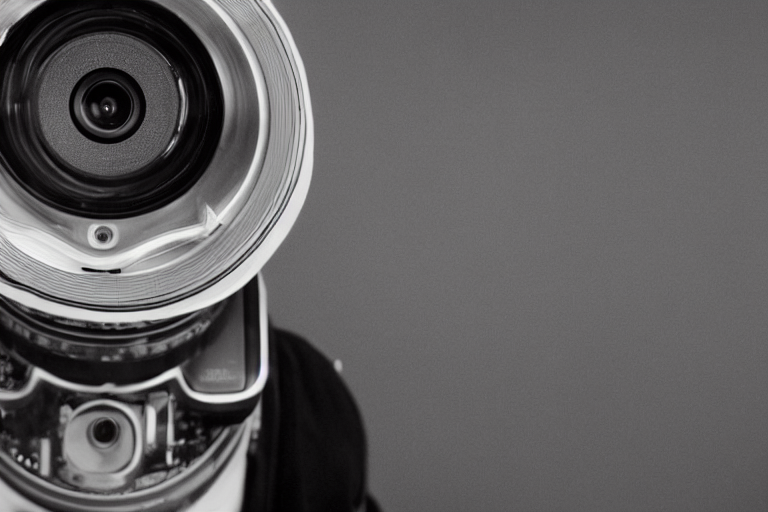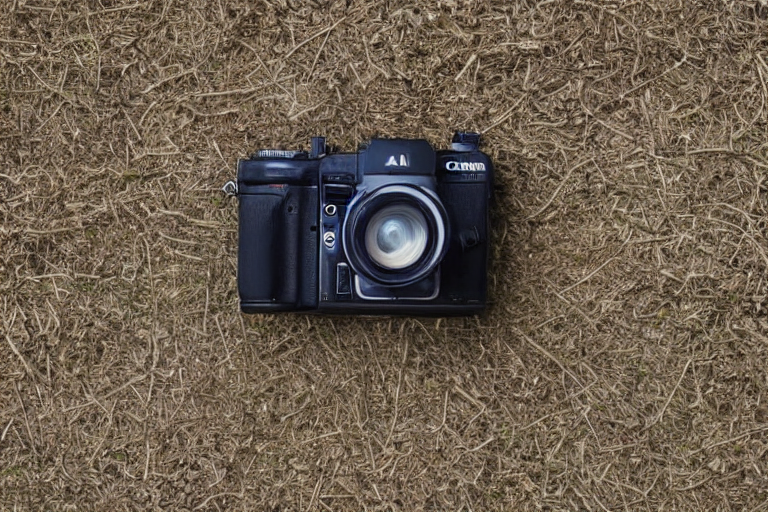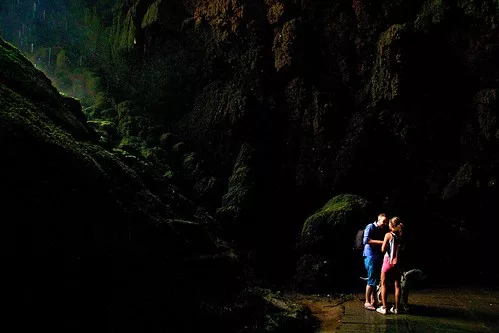artificial intelligence (AI) is already beginning to revolutionize the field of photo editing. In the near future, AI will become even more sophisticated, and its capabilities will continue to increase. Here are five surprising ways AI could change the face of photo editing in the years to come.
The current state of AI in photo editing
The field of AI in photo editing is still in its infancy, but there are a number of interesting possibilities for where it could go in the future. Some of the most promising advances include the development of intelligent assistants that can help edit photos on our behalf, as well as more automated and automatic photo editing tools. There are also plenty of opportunities to explore new ways to use AI to improve our photographic skills, from improving recognition and understanding of photography concepts to creating innovative tools for retouching and styling images. As AI continues to develop, there is no doubt that it will have a significant impact on the way we edit photos – whatever that may look like in years to come.

The potential of AI in photo editing
AI has the potential to revolutionize photo editing, making it easier and faster for users to achieve the results they desire. Here are five surprising possibilities:
- AI could help users identify and correct mistakes quickly and easily.
- AI could help users create more accurate and realistic images.
- AI could help users create images with a more professional look and feel.
- AI could help users create images with a more natural look and feel.
- AI could help users create images that are more interesting and engaging.

The limitations of AI in photo editing
AI has the potential to drastically improve photo editing by providing automatically generated edits and corrections. However, there are several limitations to AI that must be considered when using it for photo editing. First, AI is not as knowledgeable about specific images as human editors are. For example, a human editor might notice a typo in a caption and correct it without affecting the rest of the image. An AI-generated edit could potentially change the entire composition of an image, which might not be desirable or even possible depending on the photograph. Second, while AI can generate certain types of edits (such as rotating an image), it cannot always create edits that are optimal for a given situation. For example, if an editor wants to remove someone from an image completely but does not know their name or face, an AI-generated edit could result in an incorrect removal or confusion among other elements of the photograph. Finally, while AI can rapidly generate many edits and corrections with varying degrees of accuracy, this also means that some mistakes will inevitably be made along the way. As such, it is important to have someone trained in photo editing who can manually review and approve edited photos before they are released to clients or published online.
The impact of AI on the photo editing industry
The impact of AI on the photo editing industry is still being studied, but there are some startling possibilities. For example, AI could one day be used to automatically edit photos. This would eliminate the need for human editors and could significantly lower costs for businesses. Additionally, AI-assisted photo restoration could help preserve historical artifacts and memories. Finally, AI-generated art may one day supersede traditional artistic expression.

The future of AI in photo editing
As AI continues to evolve, so too does the potential for its use in photo editing. Here are five surprising possibilities for the future of AI in photo editing:
-
Photo editing using AI could become a completely hands-free experience.
-
AI could be used to create more accurate and personalized edits.
-
Editing tools could be enhanced to better identify and correct errors in photos.
-
AI could be used to create stunningly realistic images.
-
Photo editing using AI could become a more interactive experience, allowing users to explore and experiment with different edits and techniques.
The challenges of implementing AI in photo editing
How AI will Change the Way We Edit Photos
There are many challenges that need to be overcome in order to implement AI in photo editing. One of the most important is making sure that the AI is able to understand the photos it is editing. Another challenge is training the AI so that it can make accurate edits. Finally, there are issues with privacy and security that need to be considered. However, with the right approach, these challenges can be overcome.
One of the biggest benefits of using AI in photo editing is that it can improve accuracy. This is because AI is able to analyze photos and make corrections without human input. This means that edits can be made quickly and without error. Additionally, AI can help to reduce the amount of time spent on photo editing.
One of the biggest challenges with AI is making sure that it can understand the photos it is editing. This is because the photos need to be broken down into small pieces for the AI to understand. Additionally, the AI needs to be able to recognize different elements in the photos. If these challenges can be overcome, then AI will be a valuable tool for photo editing.
Another challenge with AI is training it so that it can make accurate edits. This is because the AI needs to be able to understand the context of the photo and the edits that need to be made. Additionally, the AI needs to be able to make corrections without human input. If these challenges can be overcome, then AI will be a valuable tool for photo editing.
Finally, there are issues with privacy and security that need to be considered. This is because the AI needs access to the photos that are being edited. Additionally, the AI needs to be able to keep the edits confidential. If these challenges can be overcome, then AI will be a valuable tool for photo editing.
The Downfalls of AI in Photo Editing
Photo editing is a process that requires human input in order to create a finished product. While there are many benefits to using AI in photo editing, such as speed and accuracy, there are also several challenges that must be overcome.
One of the most significant challenges is the lack of a natural language processing (NLP) system that can understand and interpret the instructions given to it. This can be difficult, as photo editing often requires specific instructions that are not always easy to express in a machine-readable format.
Another challenge is the need for large data sets. While AI can be extremely accurate when working with small data sets, it can become less effective when working with larger sets. This is because AI systems are designed to work with limited amounts of data and cannot always identify patterns that would be difficult for a human to see.
Finally, AI systems are not always reliable. This is because they are designed to make decisions based on pre-determined rules, rather than through experience or intuition. As a result, they can sometimes incorrectly identify what should be edited in a photo.
How to Use AI in Photo Editing
The use of artificial intelligence (AI) in photo editing is still in its early stages, with many challenges to overcome. In this article, we explore five surprising possibilities for how AI might eventually change the way we edit photos.
One challenge is the lack of available data to train the AI models. Even if all images were perfectly labeled and organized, without a lot of human-generated content to work with, training AI models would be quite difficult. Additionally, there are regulatory and ethical concerns around using autonomous machines that make judgments about people’s photographs.
Another issue is the sheer amount of data involved in editing a photograph. Processing all that information can take up significant computing power, which limits what kinds of algorithms can be used. And, of course, the more data is processed, the greater the chance of making a mistake.
There are also usability issues to consider. For example, how do you specify which parts of a photograph should be edited using AI? And what kind of feedback should the AI system provide?
Finally, there are ethical considerations around using AI in photo editing. For example, should AI be used to edit photographs that are considered sensitive or embarrassing? Or should it be used to alter images that have been illegally obtained? There is still much to be learned about how best to use AI in photo editing, but the potential benefits are huge.

The benefits of AI in photo editing
One of the most exciting and beneficial aspects of AI in photo editing is its ability to automatically detect and correct errors. With the help of AI, you can save time and effort by automatically correcting any mistakes that you may make. Additionally, AI can also help you create better photos by suggesting edits that you may not have thought of.
AI also has the potential to help you create photos that are more aesthetically pleasing. By using AI, you can automatically adjust lighting, color, and other elements to create photos that are more pleasing to the eye. Additionally, AI can help you create better photos by suggesting edits that you may not have thought of.
Overall, AI is a powerful tool that can help you save time and improve your photo editing skills. By using AI in your photo editing process, you can create better photos that are more accurate and aesthetically pleasing.
AI is rapidly changing the landscape of photo editing. While the current state of AI in photo editing is limited, the potential for AI to revolutionize the industry is immense. The future of AI in photo editing holds many surprises, and we are only just beginning to scratch the surface of what is possible. To learn more about AI in photo editing, check out our other content.

